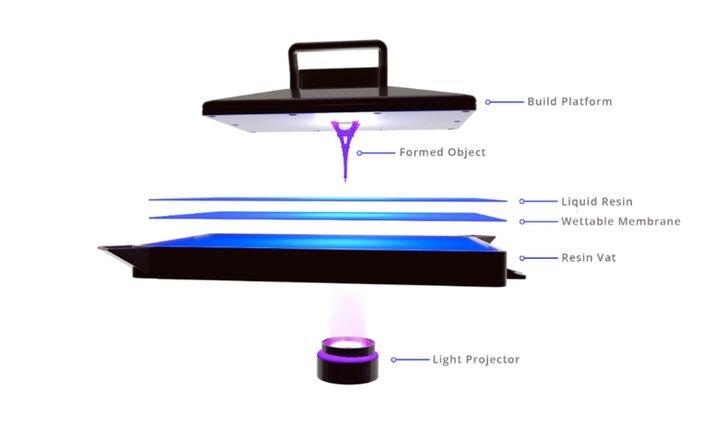
Vancouver-based 3D printing company NewPro3D has entered a collaborative partnership with chemical company Henkel.
According to the recent announcement by Henkel, the two companies will be developing 3D printing solutions for the medical industry. These are to include prosthetics and anatomical models for surgery and teaching purposes.
Henkel has a group dedicated towards material research called Open Materials Platform, which NewPro3D recently joined. NewPro3D specializes in a form of 3D printing known as digital light processing (DLP). DLP 3D printing uses digital micromirrors set up in an array on a semiconductor chip called the digital micromirror device. This device is also used in movie projectors and cell phones.
A 3D model is generated, optimized and sent to the DLP 3D printer. The printer has a DLP projector (with a relatively high lumen count) and projects the image of the model into a vat of liquid polymer.
The build plate begins close to the projection and moves downward, exposing the liquid polymer to more light. This action is repeated until the 3D model is fully formed. The vat is drained of liquid polymer and the 3D model is ready for post-processing and finishing techniques. One key advantage of DLP 3D printing is that it is faster and of higher resolution than other forms of 3D printing such as Fused Filament Fabrication (FFF).
NewPro3D’s DLP-based process, Intelligent Liquid Interface (ILI), uses a transparent wettable membrane. This allows the DLP projector to move with more efficiency during layering, and could yield a faster manufacturing process for creating patient-specific anatomical models and other medical devices like custom prosthetics.
Read more at ENGINEERING.com

